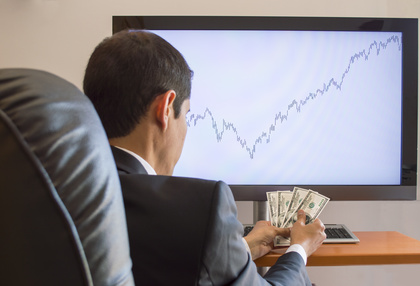Do you properly understand the term “risk” in regards to trading?
Wikipedia states risk is the potential of losing something of value, weighed against the potential to gain something of value.
In trading, risk should be defined as a predetermined amount of money weighted against the potential to make more than you risk. If you talk to any trader who has been trading a long time the rule of thumb is cut your losers (risk) and let your winners (risk) run. So a potential loss should always be weighed against a potential gain.
Most of the non-trading world doesn’t understand our day trader job description and because of that might even classify us as “gamblers.” I believe instead of calling ourselves
Day Traders, a better descriptive name for us would be “Risk Managers”. If you understand your job duty you will be better able to perform it. With any potential gain there is always some element of risk (loss) to the equation. If you risk less your reward will be less. I am of the firm belief that trading is more of marathon than a mere sprint. One risk or trade should never be allowed the option to finish you off and take you out the game.
Here are some proper guidelines to being a “Risk Manager.” You should only risk 1% to 3% of your cash account balance per trade if you stop out. For example, if you have a $50,000 cash account you shouldn’t risk more than $500.00 per trade. I tell new traders who are just starting out to start at 1% and work your way up after you have some good trades under your belt.
I don’t know how many traders I have worked with over the years that have emailed me stating, “Troy I have to quit trading because I blew up my account.” When I started day trading full-time I told myself, “start small, build confidence and go higher from there.” You never want to put yourself into a situation where one or two trades can wipe out your entire account.
You won’t be on the Reward side very long if you don’t understand the risk side of trading. Remember you’re a “risk manager.” Bottom line? Control your risk and rewards should follow.
= = =
Learn more about Peterson’s Gap Edge Trading firm here.




